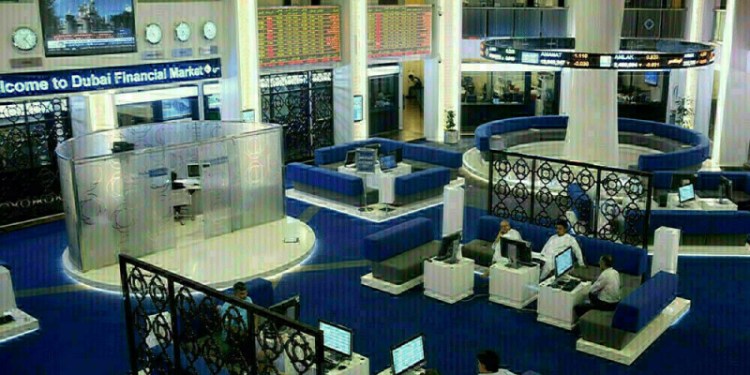Investing.com – Oil prices traded higher on Monday, bouncing back after their fourth-straight weekly loss last week amid emerging evidence of oversupply, as some traders moved in at lower prices amid a confluence of bullish factors.
New York-traded gained $1.39, or 2.02%, to $70.08 a barrel by 11:04 AM ET (15:04 GMT).
Meanwhile, , the benchmark for oil prices outside the U.S., traded up 75 cents, or 1.00%, to $75.51.
Amid recent bearish signals, Russia’s energy minister, Alexander Novak, indicated Friday that a coalition of producers could pump more oil than agreed by year-end, a move which could signal the possible end of an OPEC production deal.
Speaking on the sidelines of the BRICS summit in Johannesburg, South Africa, Novak said he “did not rule out … an increase in oil production in excess of 1 million barrels a day may be discussed.”
In another worrying sign, the U.S. rig count, an early indicator of future output, rose by 3 to last week, according to oilfield services firm Baker Hughes.
That was the first rig count rise in three weeks, pointing to signs of U.S. output growth.
However, helping to offset those supply worries, a 12-hour worker strike at Total’s North Sea platforms began on Monday with 24-hour strikes set to take place on August 6 and 20. The platforms account for around 10% of the UK’s gas output.
Renewed production outages in Libya, further declines in Venezuelan production and the looming U.S. sanctions against Iran all served to lift bulls’ spirits as they dampened concerns of any escalating output.
In other energy trading, rose 0.10% $2.1150 a gallon by 11:06 AM ET (15:06 GMT), while advanced 0.56% to $2.1716 a gallon.
Lastly, gained 0.58% to $2.798 per million British thermal units.
Fusion Media or anyone involved with Fusion Media will not accept any liability for loss or damage as a result of reliance on the information including data, quotes, charts and buy/sell signals contained within this website. Please be fully informed regarding the risks and costs associated with trading the financial markets, it is one of the riskiest investment forms possible.
Source: Investing.com



























